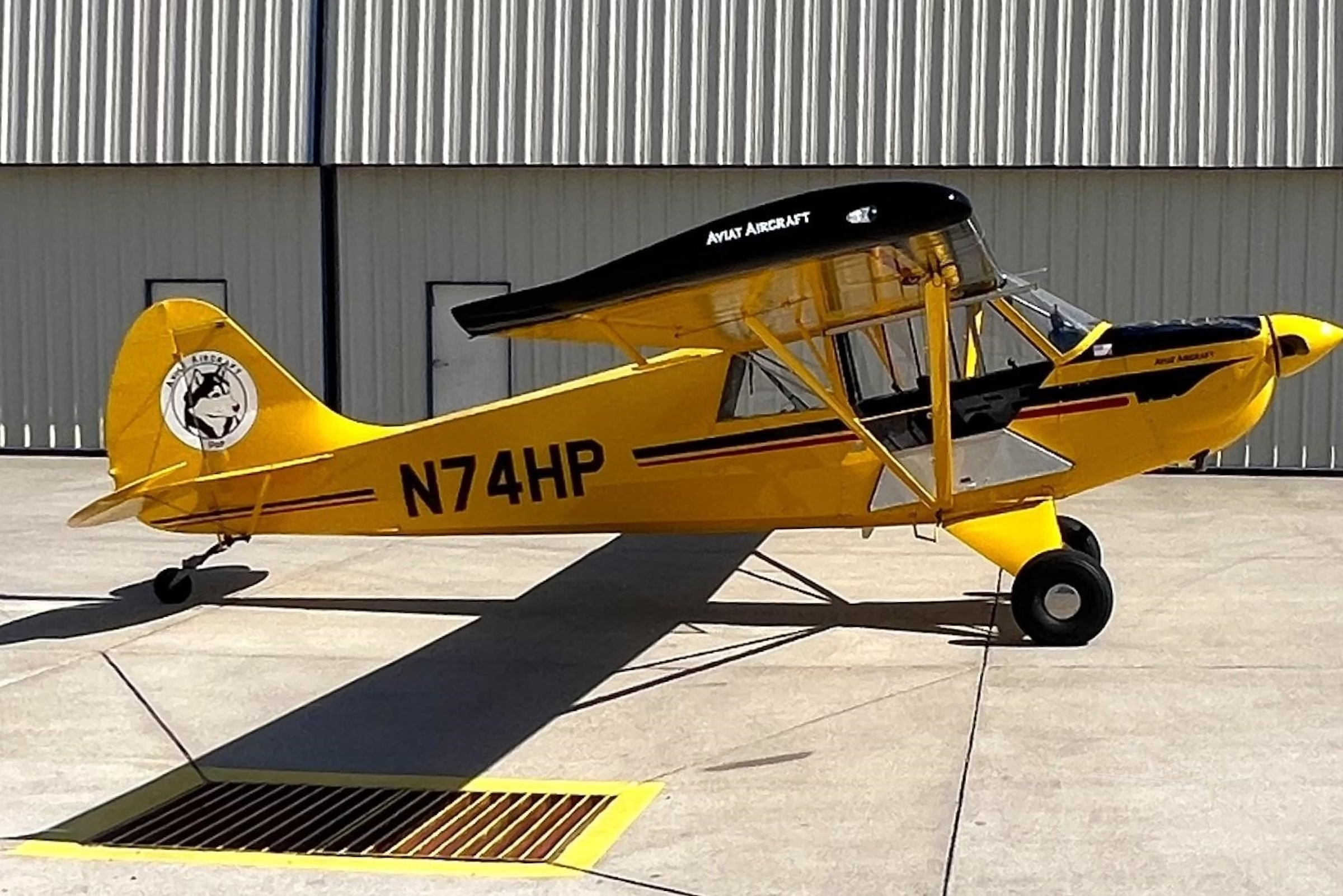NASA: Debris Threat Delays Spacewalk
An International Space Station (ISS) spacewalk that had been set for Tuesday was abruptly called off due to the threat of debris.

NASA received a debris notification for the International Space Station on Monday evening. Credit: NASA
An International Space Station (ISS) spacewalk that had been set for Tuesday was abruptly called off due to the potential threat of debris, NASA announced.
“The evening of Monday, Nov. 29, NASA received a debris notification for the International Space Station,” NASA said in a statement. “Due to the lack of opportunity to properly assess the risk it could pose to the astronauts, teams have decided to delay the spacewalk planned for Tuesday, Nov. 30 until more information is available.
“The space station schedule and operations are able to easily accommodate the delay of the spacewalk."
NASA astronauts Thomas Marshburn and Kayla Barron had been set to leave the confines of the ISS on Tuesday to conduct the spacewalk in order to repair a faulty communications antenna.
The repair is expected to last about six hours and 30 minutes and the event marks the first spacewalk for Barron, as well as Expedition 66, NASA said.
““Due to the lack of opportunity to properly assess the risk it could pose to the astronauts, teams have decided to delay the spacewalk planned for Tuesday, Nov. 30 until more information is available." ”
NASA statement
The delay comes two weeks after a Russian anti-satellite test (ASAT) created a cloud of debris with at least 1,500 trackable pieces, and stoked swift condemnation by U.S. officials.
The potential threat from debris has been a concern for NASA officials when planning the spacewalk, Dana Weigel, NASA deputy manager of the International Space Station Program, said Monday afternoon before NASA delayed the event.
“When the initial breakup occurred, the debris was very concentrated,” she said. “Over time it has dispersed.”
“As ISS passed through the orbit of the debris, we had a heightened, elevated concern for about 24 hours after the event,” she said. “Since that time, the debris has dispersed out quite a bit more. The background environment is slightly elevated. It’s about two times what it had been prior to the event for the space station as a whole.”
Astronauts conducting the spacewalk face a 7 percent increased risk from debris following the ASAT, Weigel said.
The predicted risk for the spacewalk, however, falls in line with others conducted in past years, she added.
“Unfortunately, when you have a debris event like this, and you get a lot of really small pieces scattered around, it just becomes part of the average environment,” she said. “[Extravehicular activity] EVA has always been risky, so the 7 percent is a small increase that is well within the flux that we see in the natural environment.”
The spacewalk is primarily focused on replacing a failed S-Band antenna subassembly on Port Truss, Weigel said. The spare Port 1 Truss S-Band communications antennae is already attached to the side of the ISS.
“This one’s got a failed return link, which means we can uplink from the ground to station through that string but we can’t get anything back through its downlink,” Weigel said. “It hasn’t been an impact on operations because we’ve got a lot of redundancy onboard.”
NASA learned about the faulty antenna in September, which allowed astronauts the opportunity to practice the exact spacewalk in a neutral buoyancy laboratory, Vincent LaCourt, NASA spacewalk flight director said.

Sign-up for newsletters & special offers!
Get the latest FLYING stories & special offers delivered directly to your inbox






